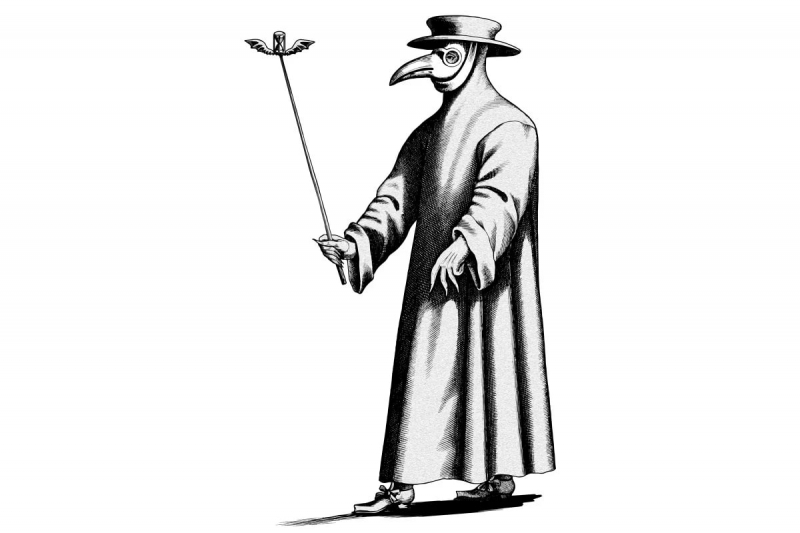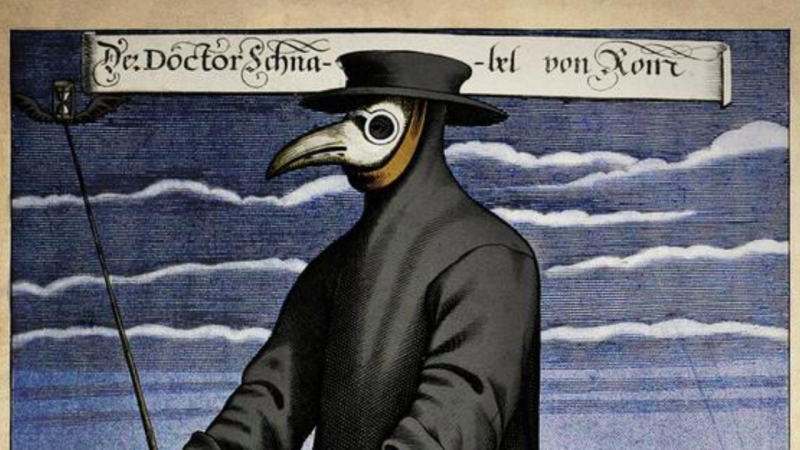Plague Doctors With Beak-like Masks Were Everywhere Over Europe.

The plague doctors were the most enduring and famous occupation to emerge from the Black Death. They stood out in Medieval society with their long, dark robes, gloves, and hats, as well as their distinctive beaked face masks. Their outfit was designed to resemble an early hazmat suit, with features such as large beak masks that were stuffed with scented objects. Charles de Lorme, a physician who catered to the medicinal needs of numerous European royals during the 17th century, is typically credited with designing the clothing. He described a costume that includes a scented wax coat, breeches connected to boots, a tucked-in shirt, and goat leather hat and gloves. A rod was also carried by plague doctors, allowing them to poke sufferers.
These masks were made to shield people from "bad air," which was thought to be the source of infection in the now-defunct miasmatic theory of disease. Plague doctors used theriac, a mixture of more than 55 plants and other ingredients such as viper meat powder, cinnamon, myrrh, and honey, to fill their masks. De Lorme reasoned that the mask's beak form would allow the air to be infused with the protecting herbs before it reached the plague doctors' nostrils and lungs.
These physicians were especially employed by places where the plague had taken hold during epidemics. They were paid by the city authority and treated both the wealthy and the destitute. However, like their suits, these doctors were severely limited in their usefulness, and they frequently spread the epidemic rather than treating it. That's the fifth fact about the Black Death.











